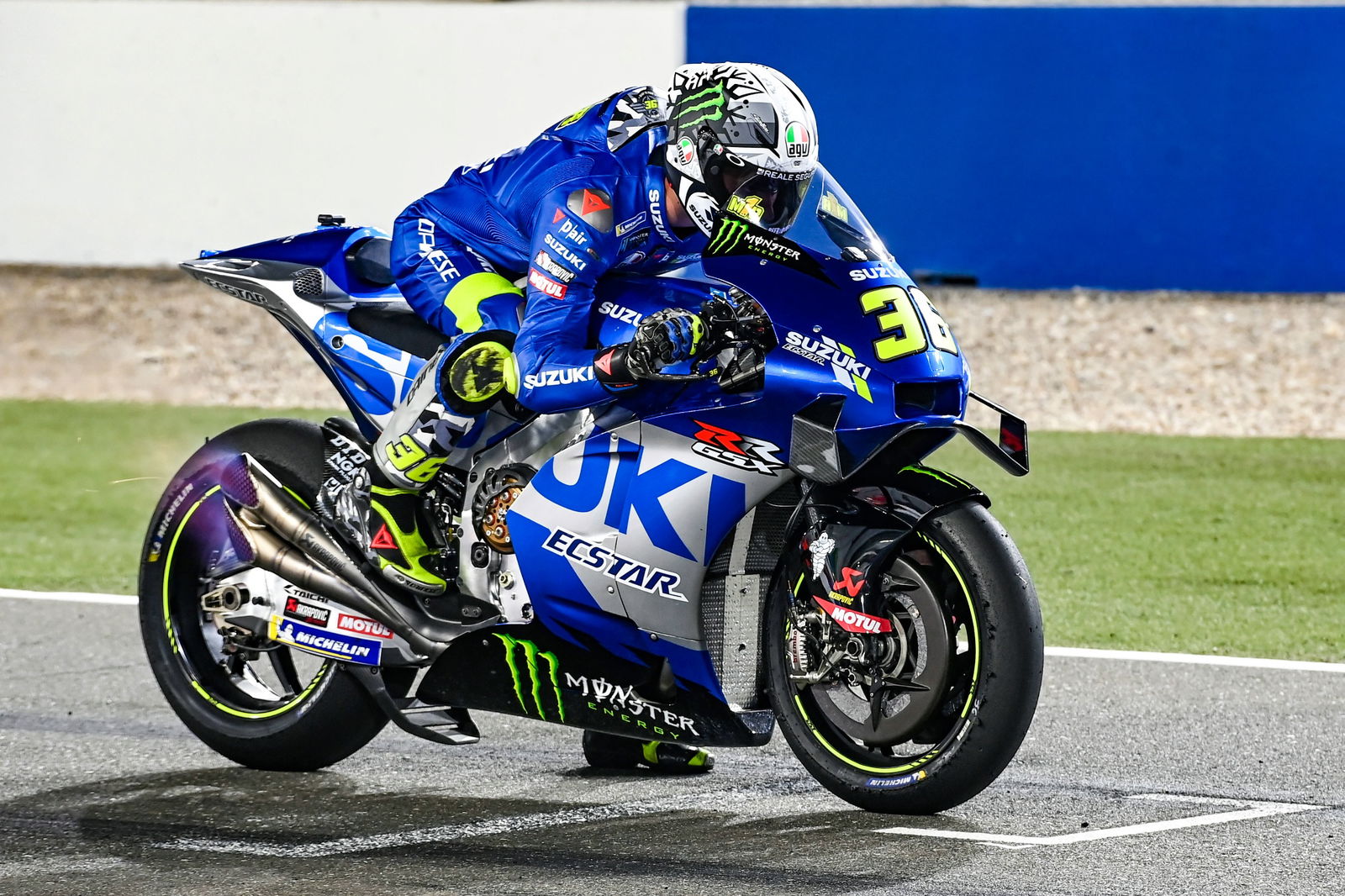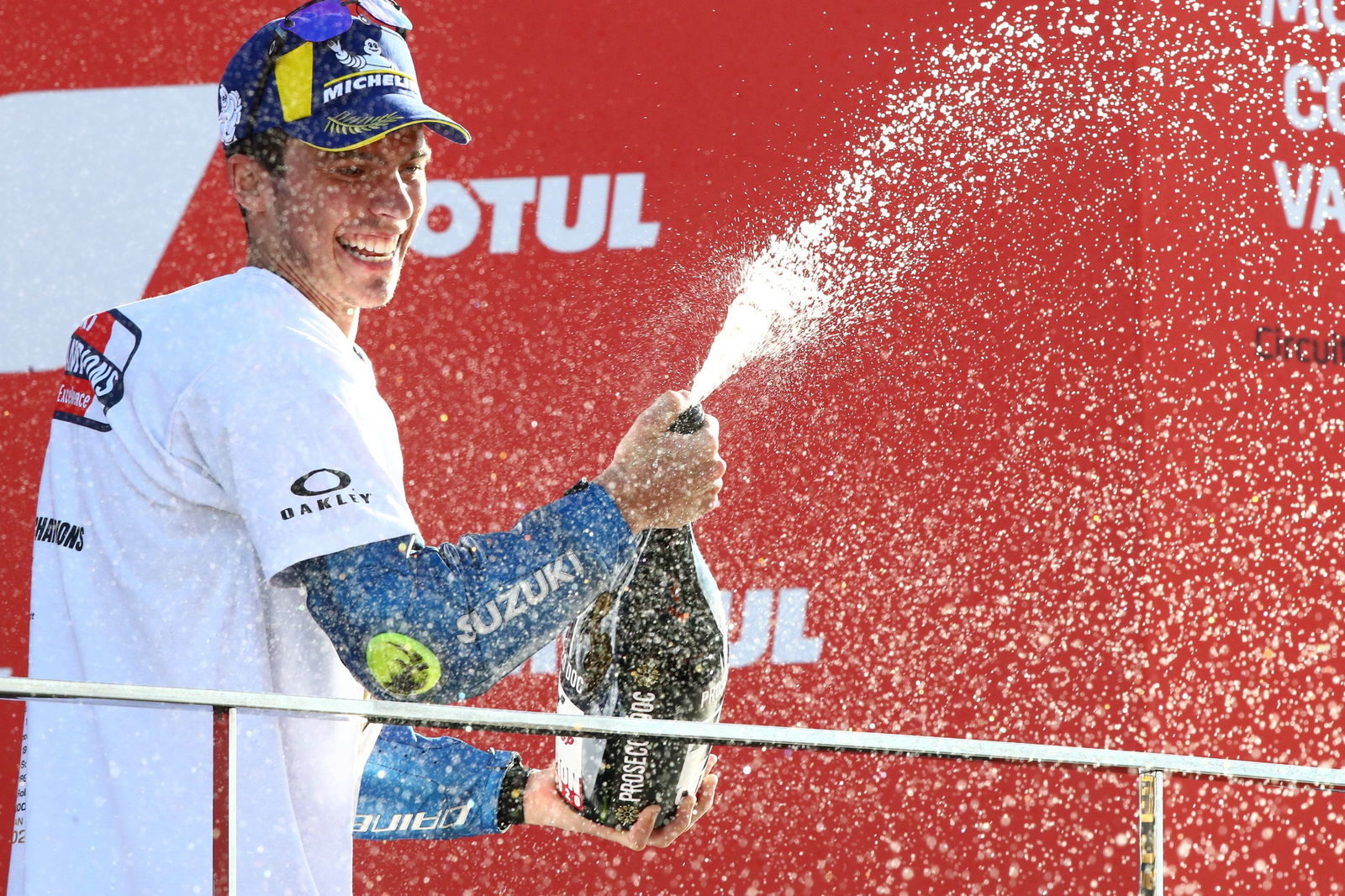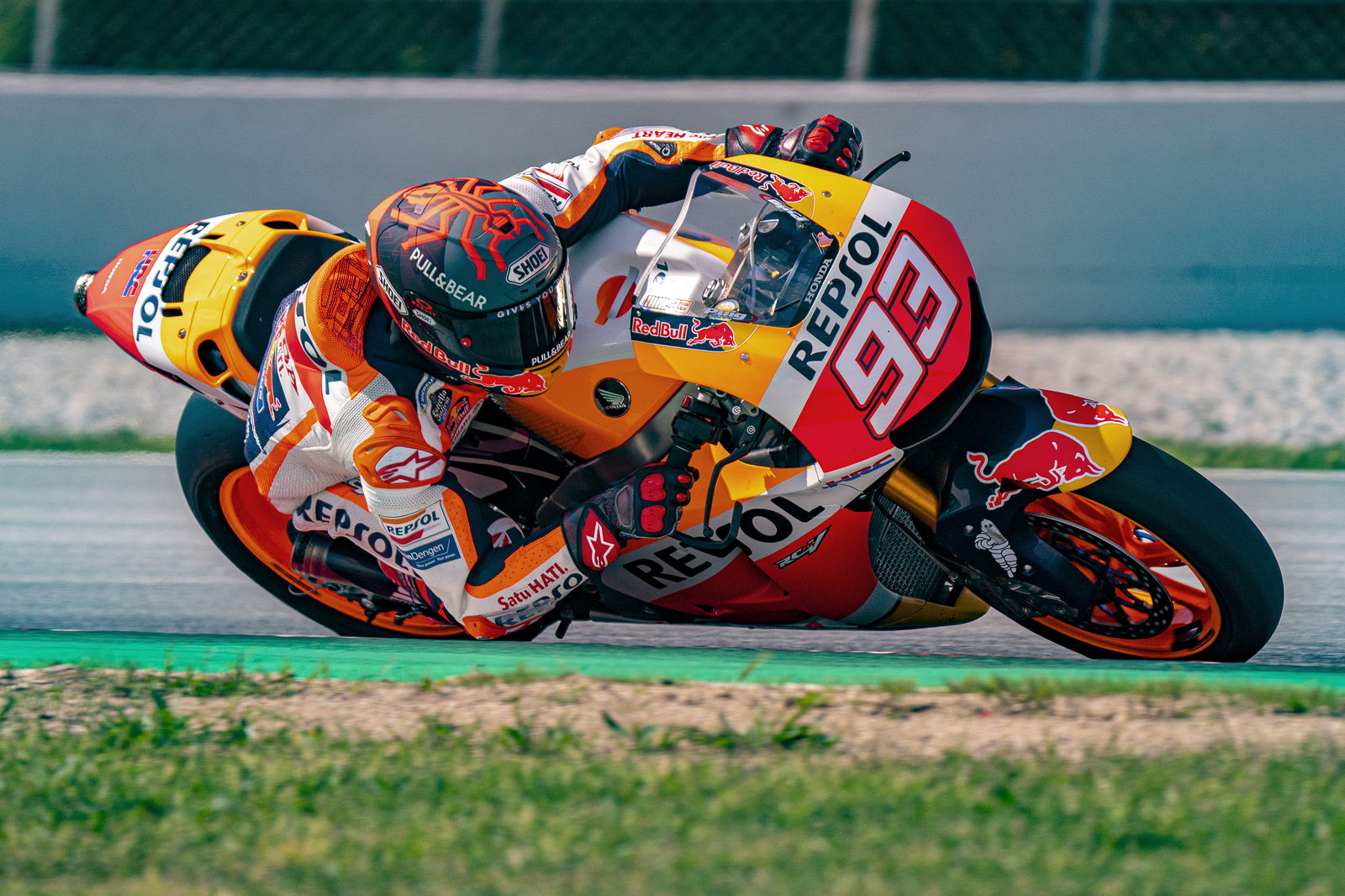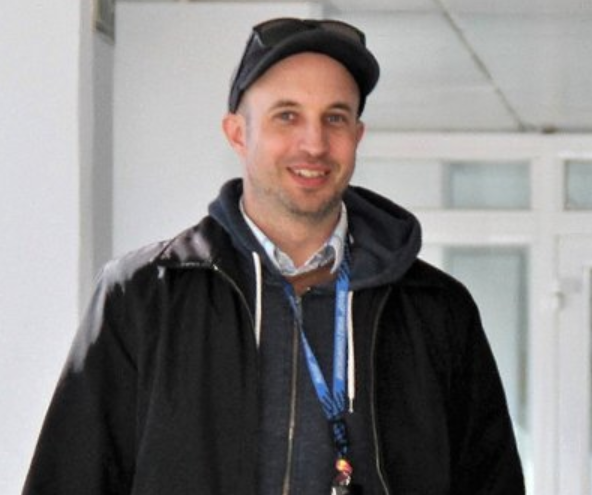Joan Mir: Braking, block passes, highlighter pens and karts

Future MotoGP champion Joan Mir and his crew chief Frankie Carchedi both joined Suzuki for the 2019 season, Mir following a single year in Moto2 and Carchedi after working with Karel Abraham at Aspar.
"Every relationship [with a rider] is different, you don’t know how it is going to work sometimes," Carchedi said. "With Joan, it was clear quite early that we get on really well.
"The first thing we said is, we're just going to be 100% open and honest. If it's you, either he tells me or I tell him. And if it's the bike, exactly the same. From day one we've had every scenario, sometimes there's something he's not been doing right, sometimes something I've not done right.
"There's no secrets. If he doesn't do something right or he's not happy, he's the first person to say 'the bike's great, leave it with me'. And vice versa, we've had times when I'm really not happy [with what] we can see on the bike, and I'll say 'sorry mate, don’t worry, go to the motorhome and we'll sort it out'."
When Mir finished his first MotoGP race in eighth place, just five-seconds from victory at Qatar in 2019, it underlined to Suzuki that the former Moto3 champion was 'something very special' but also that there were areas to be addressed.
"It was very clear that he has something very special. You can see that from the first race. But it also highlighted specific areas," said Carchedi. "I think he was with the leading group with two laps to go and he dropped off a little bit, so we picked all these little points and said 'okay, we've got a real chance but we need to improve these areas' as a team, as a rider.
"So right from the start we gave him specific things and actually he does a lot at home, training. What people don’t realise there are all the bikes, different things you can do on them that will actually prepare you to fight for a championship."
Carchedi added: "Then what we do, every time he rides the bike at a test or a race we have a track map and actually use highlighter pens and we are very specific on different areas.
"For example, any comment on a corner is always in orange, so we work on his riding, what we see on the telemetry. Then we have anything electronic in yellow. This comes from him, whether it’s too much engine brake, or not enough power. Another colour, pink, for the chassis side, for something the bike is not doing, is it braking too deep.
"So we try to work on all the specific areas and basically just have a blown-up track map. We use colours so it’s a little bit quicker and he can react session-by-session. This has been from day one to the last day when he won the championship."

One area that the team didn't need to work on was Mir's mental focus.
"I don’t think he ever changed that from day one. He knew what he wanted. I'm not sure if everybody believed him - we did for sure - but the focus was there from day one and I don’t think anything ever changed to be honest."
Another was Mir's braking ability.
"If anybody said 'what is his strongest point?' It's his braking," Carchedi said. "From when I first started in 2000, something I've noticed whenever you compare two riders is that someone always has an ability to brake at the same place - or later - but with less pressure. It's an art. It's how you use the front brake, rear brake, body position.
"And from day one, at first it looked like [Mir] wasn't braking much, and then you realise he's braking later but with less [pressure]. And it's a strength that he has in the race, so that when he needs to use more or pass - we saw quite a lot last year - he has something a little bit extra."
Given Suzuki's qualifying struggles, such braking ability would play a key role in Mir's title success. But the race day overtakes weren't just based on instinct.
"I would love to qualify on pole position and say, 'perfect, just make the holeshot and go!' But generally, we always start from the fourth or even fifth row, so we have to discuss strategy quite a bit," Carchedi said.
"You don’t just turn up into the race and go 'okay I've got a red bike in front and a blue bike, where am I going to overtake?' He already knows in his head exactly what he's going to do, where and how.
"We always have a discussion on who the riders are ahead, where their strong points are and where their weak areas are. We watch back all the sessions by video together, also with the electronic guy. So we can go 'okay, this guy doesn't look that good in this area'.
"I think Misano [2] was a good example, where we qualified on the fourth row and it's the sort of track where if the guys in front getaway, then it's too late. If anything he probably had the pace to win both those races but with where we started it was impossible.
"So to give him the best opportunity we do analyse where he's starting from, how he does the first corner from the launch and what are the best opportunities to pass the riders in front."

But if Mir's average qualifying position of tenth place meant plenty of pre-race homework last season, it's also a reason for optimism in 2021.
"I saw some statistics and what I would say is if we can achieve what we do from where we are [starting] at the moment, I would like to think qualifying is an area where we are going to improve - so if anything, it should make [this year] a little easier," Carchedi said.
Fewer block passes, more respect
The Englishman also revealed that, due to his late braking, Mir has often been the victim of 'bad' block passes by his rivals - and with hindsight there are several obvious examples where he was bumped wide or sent to the ground during his rookie season and early last year.
"One thing he found very frustrating when he first started was that he got a lot of bad passes on him, he brakes really late so what people tend to do when he's in front is they have to effectively block pass him or take him off the track," Carchedi explained.
"I think it happened in his first year two or three times where he was literally run off the track. I'd like to think being a world champion if someone is behind him there will be a little bit more respect, 'okay, we can't completely run him off the track'… Who knows in MotoGP, but I like to think it'd be an advantage this year!"
A third reason for Carchedi to believe Mir will be even stronger this season is simply experience.
"He's not like other riders where he's maybe had three years in Moto3, then two or three years in Moto2," Carchedi said. "You saw with the likes of Jack Miller, every year they get a little bit stronger.
"To say that Joan was still a Moto3 rider only four years ago, I think he just has a lot more potential in himself."
By winning the MotoGP title in only his fifth grand prix season, Mir reached the top before both Valentino Rossi and Marc Marquez, who were premier-class champions in their sixth seasons.
Given such lack of experience, Mir's ability to absorb the pressure of last year's MotoGP title fight had been exceptional.
"I think he thrives on it," confirmed Carchedi.
"Not having won a race [for much of last year] sort of helped as well, because the target was first of all we want to achieve a podium, then a race win, so it wasn't right until the end - probably after he won the first Valencia race - 'okay, let's think about the championship'."
'We ended up buying a kart each!'
The title pressure reached its zenith on the eve of the second Valencia race, where Mir had the chance to wrap-up Suzuki's first grand prix title since 2000.
But the rider who won plaudits for saying, "real pressure is on people that can’t pay their rent" wasn't about to be shaken.
"Even with the pressure of the world championship, I remember in Valencia going to his motorhome on the Saturday night and the idea was to talk a little bit about the race – and we ended up ordering a kart each!" revealed Carchedi.
Mir won the 2020 MotoGP world championship with a safe seventh place finish the following day.
The 23-year-old will start his title defence at Qatar on March 26, having been eighth fastest over single lap in pre-season testing.
 • Instagram photos and videos.jpg?width=1600)

